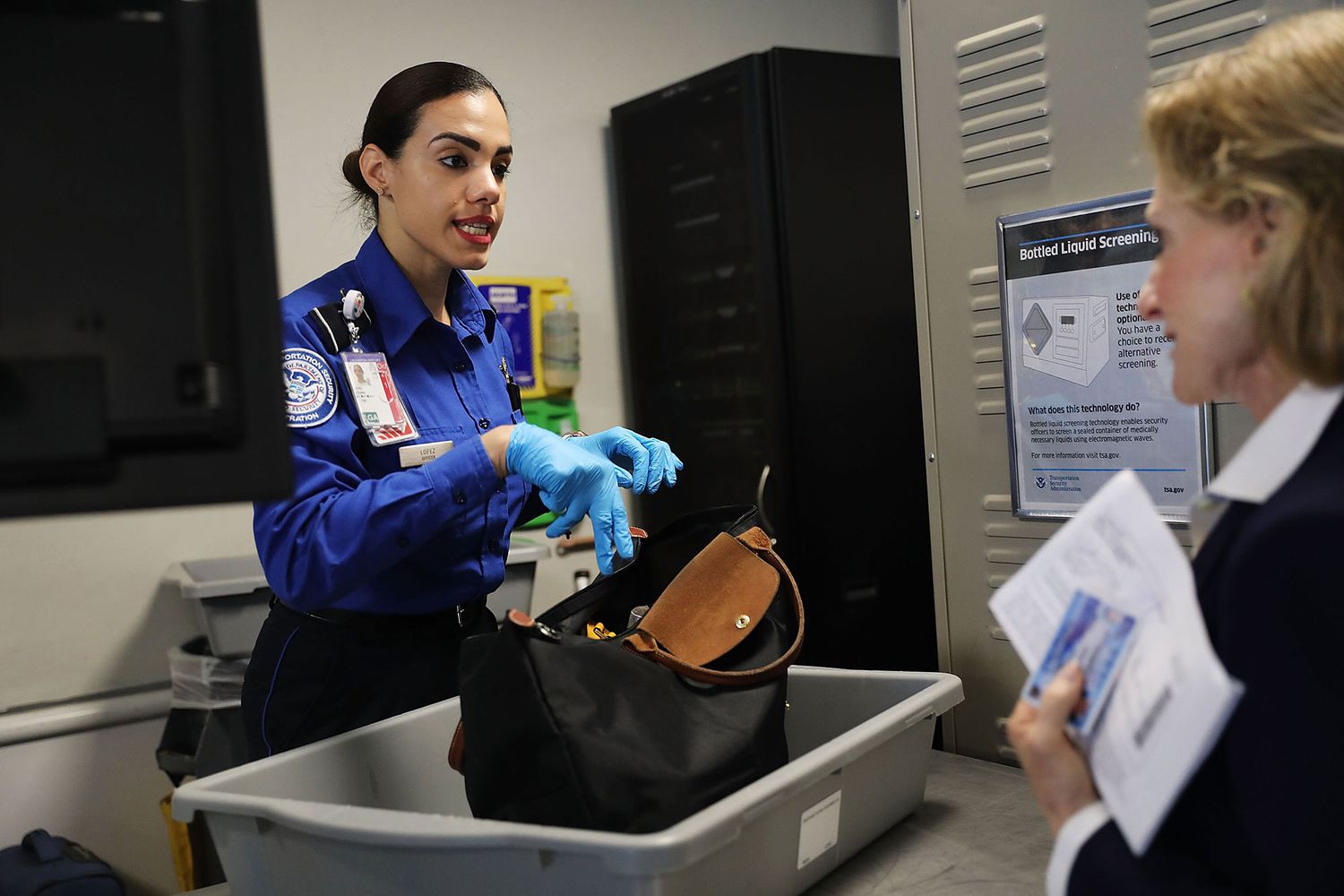
Ever wondered what goes on behind the scenes at airport security? Passenger screening is a vital part of air travel, ensuring everyone's safety. From the moment you step into the airport, a series of checks and procedures kick in. These measures might seem tedious, but they play a crucial role in keeping the skies safe. Did you know that passenger screening involves more than just metal detectors? Advanced technology, trained personnel, and strict protocols work together to detect potential threats. Curious about how these systems work and what they look for? Let's dive into 17 fascinating facts about passenger screening that will give you a new appreciation for this essential process.
Key Takeaways:
- Passenger screening has evolved from metal detectors to advanced body scanners, ensuring safety and efficiency. Technology like X-ray machines and millimeter-wave scanners play a crucial role in modern screening, making the process faster and more accurate.
- Human expertise remains vital in passenger screening, with trained personnel and behavior detection officers adding an extra layer of security. Efforts to balance security and passenger convenience include programs like TSA PreCheck and random screening.
The Evolution of Passenger Screening
Passenger screening has come a long way since its inception. From simple metal detectors to advanced body scanners, the process has evolved to ensure safety and efficiency.
-
First Metal Detectors: Introduced in the 1970s, metal detectors were the first line of defense against potential threats. They could detect metallic objects but had limitations in identifying non-metallic items.
-
X-ray Machines: In the 1980s, X-ray machines became standard for scanning carry-on luggage. These machines provided a clearer image of the contents, helping security personnel identify prohibited items.
-
Body Scanners: By the early 2000s, body scanners were introduced. These scanners use millimeter-wave technology to detect both metallic and non-metallic threats, providing a more comprehensive screening.
The Technology Behind Screening
Advanced technology plays a crucial role in modern passenger screening. These innovations have made the process faster and more accurate.
-
Millimeter-Wave Scanners: These scanners use non-ionizing radiofrequency waves to create a 3D image of the body, detecting concealed objects without physical contact.
-
Computed Tomography (CT) Scanners: CT scanners, used for checked luggage, provide detailed 3D images, allowing for better detection of explosives and other threats.
-
Automated Target Recognition (ATR): ATR software automatically identifies potential threats on body scanner images, reducing the need for manual checks and speeding up the process.
The Human Element in Screening
Despite technological advancements, human expertise remains vital in passenger screening. Trained personnel ensure that the process runs smoothly and effectively.
-
Behavior Detection Officers: These officers are trained to identify suspicious behavior, adding an extra layer of security beyond technological measures.
-
Manual Pat-Downs: When scanners detect anomalies, manual pat-downs are conducted by trained personnel to ensure no threats are missed.
-
Training Programs: Security personnel undergo rigorous training programs to stay updated on the latest threats and screening techniques.
Passenger Experience and Screening
Balancing security with passenger convenience is a constant challenge. Efforts are made to streamline the process without compromising safety.
-
PreCheck Programs: Programs like TSA PreCheck allow pre-approved passengers to go through expedited screening, reducing wait times.
-
Random Screening: To prevent predictability, random screening is conducted even for passengers in expedited lanes, ensuring a robust security system.
-
Customer Service: Security personnel are trained in customer service to handle passengers' concerns and make the screening process as smooth as possible.
Global Standards and Regulations
Passenger screening standards vary worldwide, but international cooperation ensures a baseline level of security.
-
International Civil Aviation Organization (ICAO): ICAO sets global standards for aviation security, including passenger screening protocols.
-
European Civil Aviation Conference (ECAC): ECAC works with European countries to harmonize security measures, ensuring consistency across the continent.
-
Mutual Recognition Agreements: Countries often enter into agreements to recognize each other's screening standards, facilitating smoother international travel.
Future of Passenger Screening
The future holds exciting possibilities for passenger screening, with ongoing research and development aimed at enhancing security and efficiency.
-
Biometric Screening: Biometric technologies, such as facial recognition, are being integrated into screening processes to verify identities quickly and accurately.
-
Artificial Intelligence (AI): AI is being used to analyze screening data, identify patterns, and predict potential threats, making the process more proactive and efficient.
Final Thoughts on Passenger Screening
Passenger screening is a vital part of air travel. It ensures safety by detecting prohibited items and potential threats. Security measures have evolved over the years, incorporating advanced technology like body scanners and biometric systems. While some find these processes intrusive, they significantly reduce risks. Understanding the rules can make the experience smoother. Arrive early, follow guidelines, and be prepared for random checks. Remember, these procedures are in place for everyone's safety. Frequent travelers often develop routines to navigate screening efficiently. Next time you're at the airport, appreciate the effort behind these measures. They might seem tedious, but they're crucial for safe skies. Stay informed about changes in screening protocols, as they can vary by country and airline. Safe travels!
Frequently Asked Questions
Was this page helpful?
Our commitment to delivering trustworthy and engaging content is at the heart of what we do. Each fact on our site is contributed by real users like you, bringing a wealth of diverse insights and information. To ensure the highest standards of accuracy and reliability, our dedicated editors meticulously review each submission. This process guarantees that the facts we share are not only fascinating but also credible. Trust in our commitment to quality and authenticity as you explore and learn with us.


